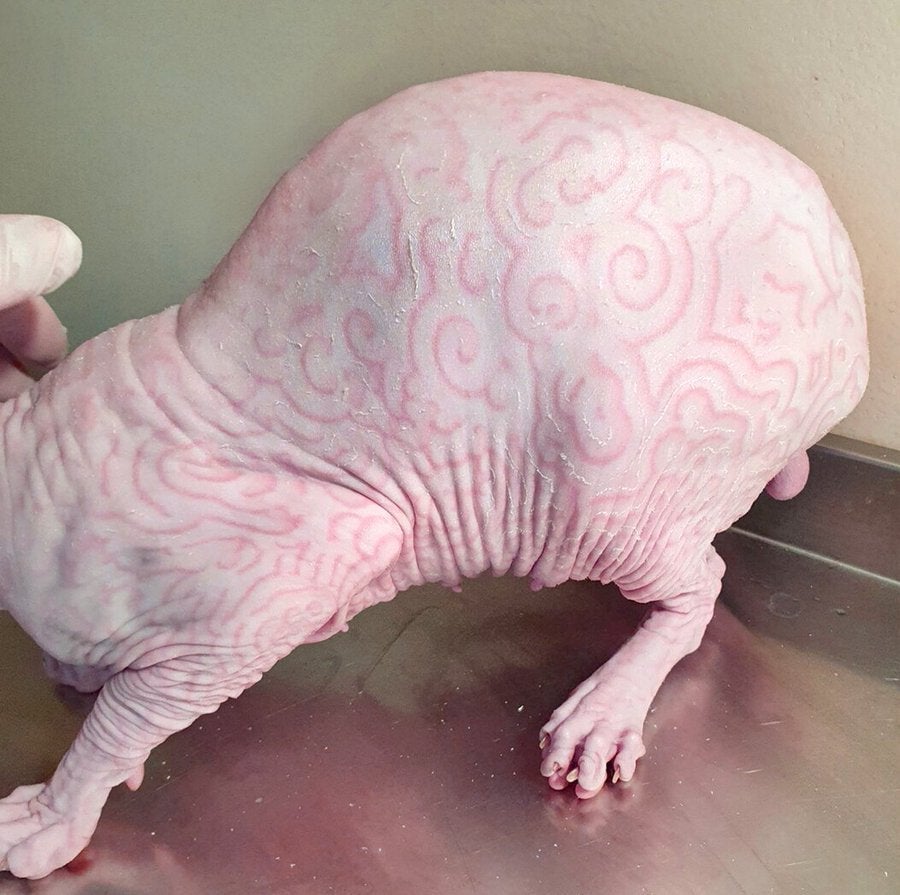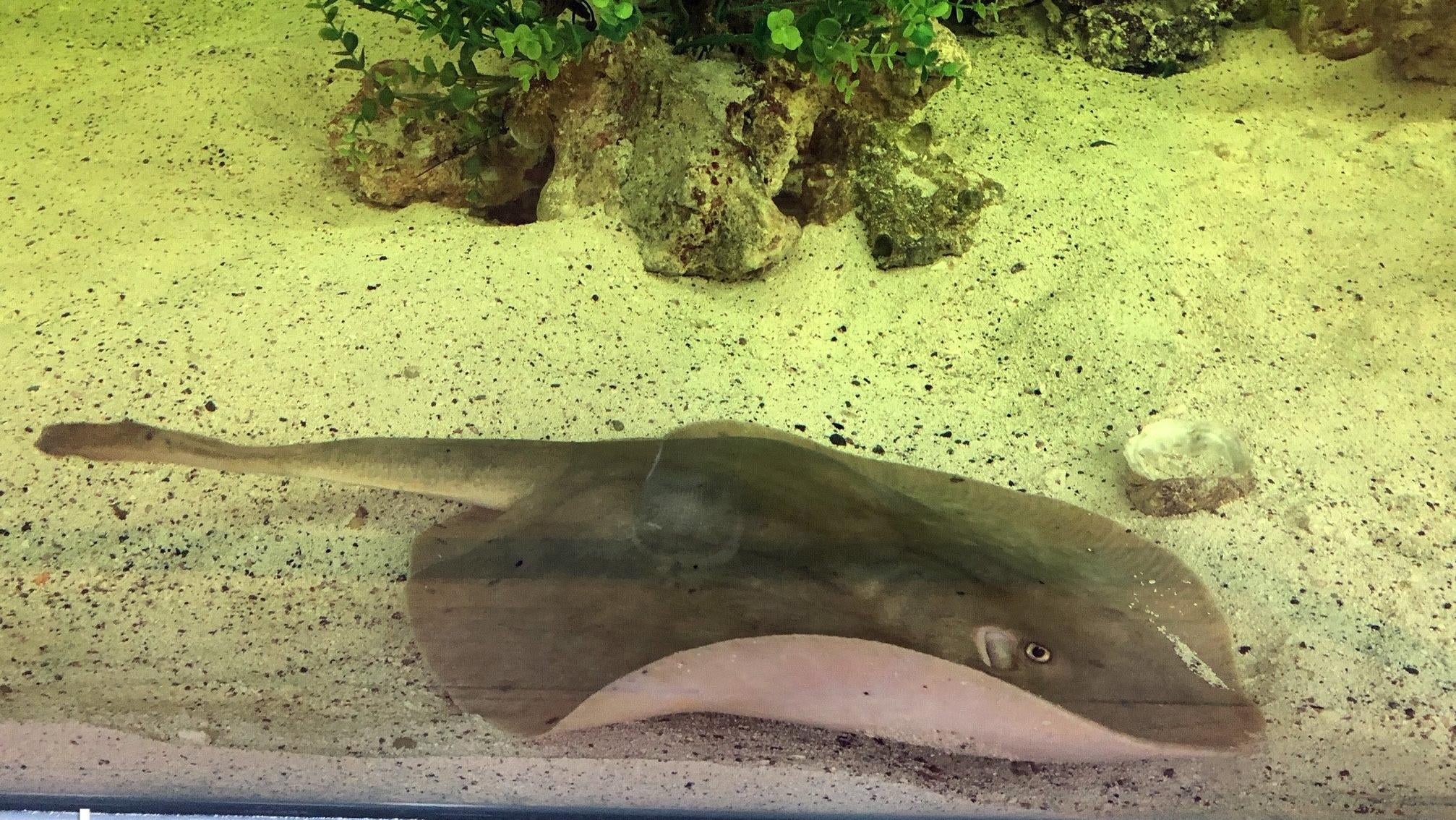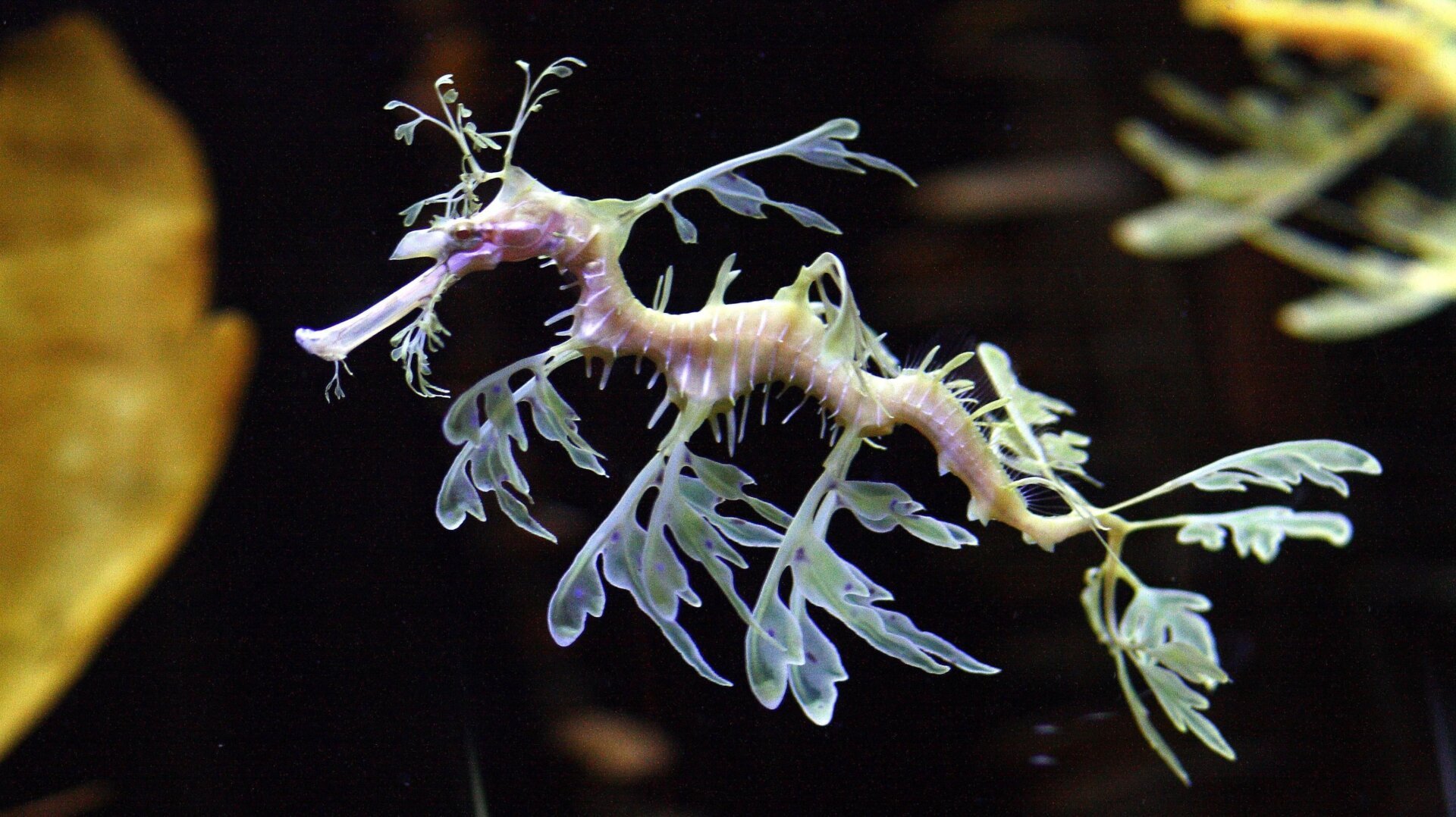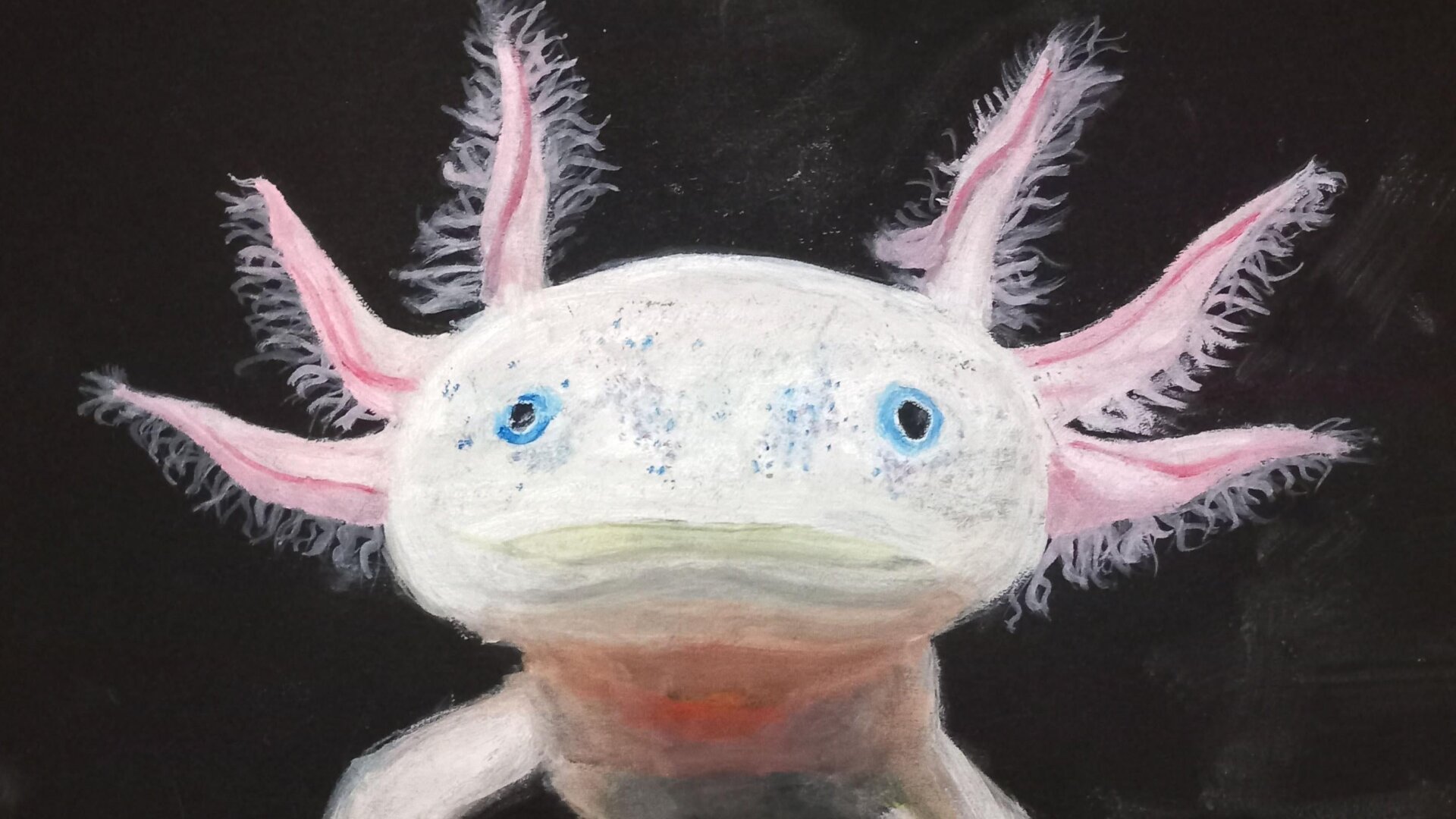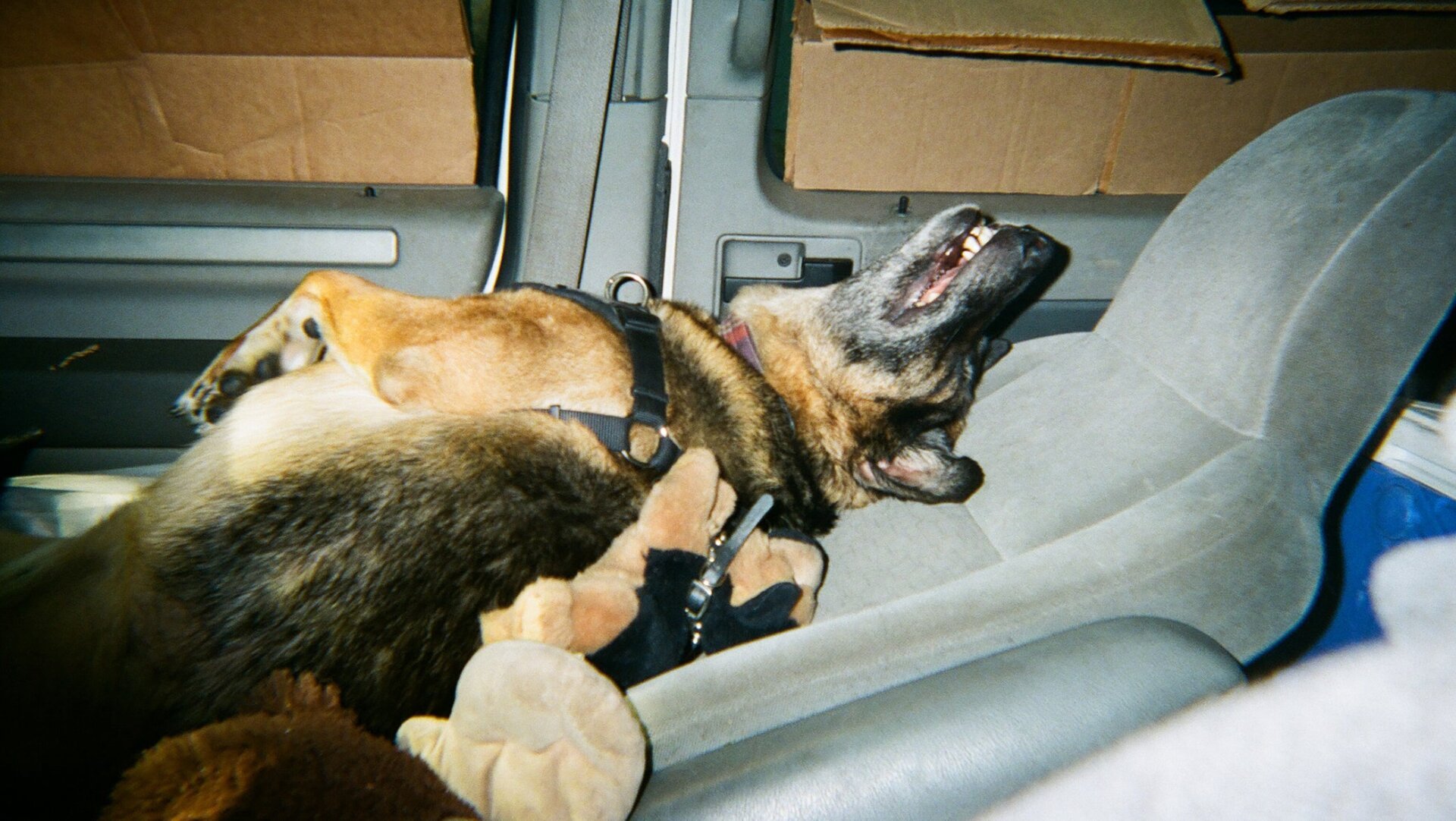Sphynx cats, known for their unique hairless appearance, can sometimes develop a mesmerizing skin condition called figurate erythema. This condition manifests as intricate, swirling rashes across their bodies. While visually striking, the cause of this phenomenon remains largely unknown. This article delves into current research on feline figurate erythema, exploring its characteristics, potential causes, and implications for Sphynx cat owners.
Figurate erythema (FE) is a medical term describing reddened skin. While it’s a recognized condition in humans, often linked to underlying health issues like infections or autoimmune disorders, its presentation in cats, particularly Sphynx cats, is less understood. Researchers have observed these distinctive swirling rashes in Sphynx cats, prompting further investigation into this intriguing dermatological phenomenon.
A recent study, spearheaded by Dr. Ekaterina Mendoza-Kuznetsova, a clinical veterinarian and professor at Tufts University’s Cummings School of Veterinary Medicine, aimed to shed light on FE in Sphynx cats. The research team solicited reports of potential FE cases in Sphynx breeds from veterinarians across Europe, particularly in the Baltic Sea region.
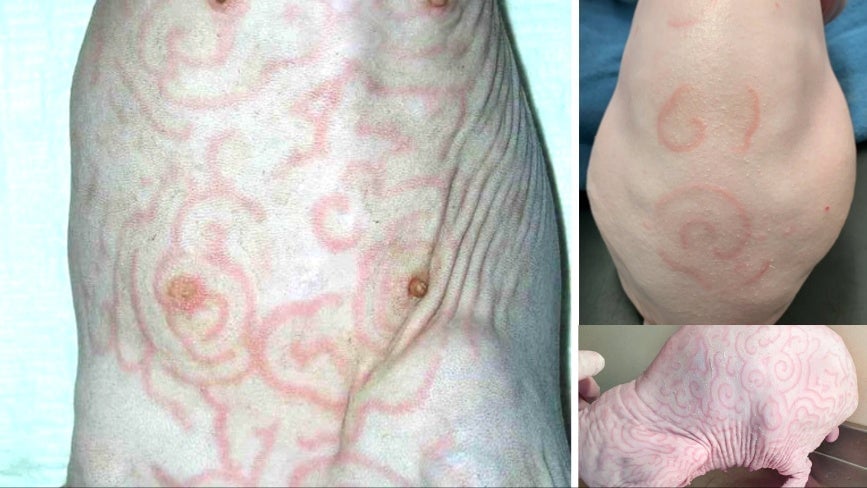 Figurate erythema documented in several sphynx cats.
Figurate erythema documented in several sphynx cats.
The study identified eleven cases of FE in Sphynx cats, revealing some interesting patterns. The majority of affected cats were male, and symptoms typically emerged before they reached one year of age. While the rashes might appear alarming to owners, the cats generally remained healthy, displaying no other signs of illness or underlying disease. One cat experienced occasional vomiting coincident with the rash onset, but no direct correlation was established. Most cats experienced mild itchiness as the primary discomfort. Various treatments, including antibiotics and dietary changes, seemed to have little impact on the rash’s progression. Remarkably, the rashes often resolved spontaneously, sometimes recurring later.
This research, published in the Veterinary Dermatology journal, represents the first formal documentation of FE in Eastern European Sphynx cats. Due to the absence of accompanying health problems, the researchers suggest that feline FE differs from the human variant and should be considered a distinct condition. Dr. Mendoza-Kuznetsova emphasizes that it’s likely a cosmetic issue rather than an indicator of serious health concerns. The prevalence in young male Sphynx cats suggests a possible genetic predisposition. While it’s theoretically possible for other cat breeds to develop FE, its rarity in Sphynx cats implies an even lower likelihood in cats with fur.
This initial study paves the way for further research into feline FE. Dr. Mendoza-Kuznetsova highlights the importance of investigating the potential genetic basis of this condition. The research team collected samples from the affected cats, facilitating future genetic analysis.
While the exact cause of FE in Sphynx cats remains a mystery, the current evidence suggests it’s a benign condition. Sphynx cat owners who observe these swirling rashes should consult a veterinarian, preferably a veterinary dermatologist, to rule out other potential skin conditions. Documenting these cases is crucial for expanding our understanding of FE and its prevalence. Further research, particularly into the genetic factors, will likely provide more definitive answers about this fascinating skin condition.



